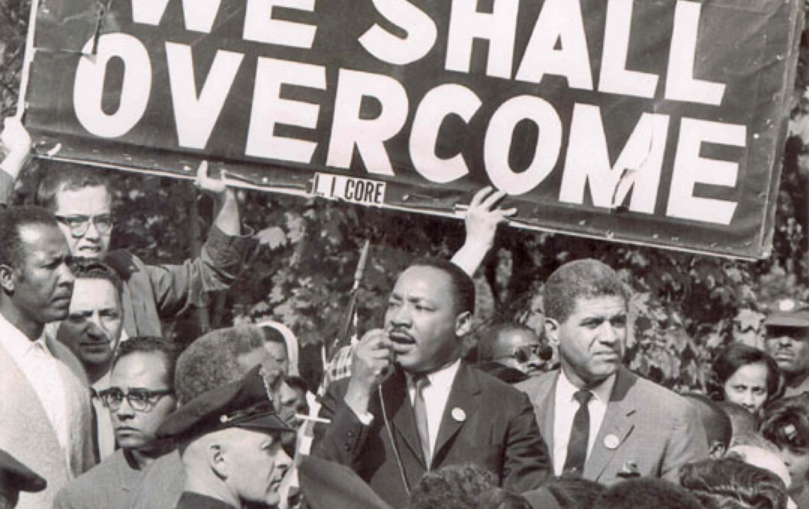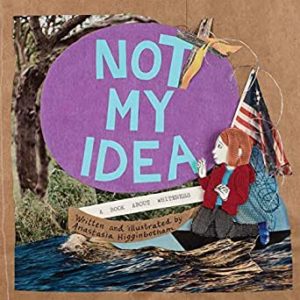In the fraught atmosphere of the present day, teaching black history is an essential – especially since it’s clear, despite social and political steps forward, there’s still a long way to go.
From the School Library Journal, An Updated Look at Diversity in Children’s Books shows that while representation of diverse characters in children’s books has improved since 2015, it’s still overwhelmingly white. Statistics indicate 50% of books with white characters, 10% with African or African American characters, 7% with Asians, 5% Latinx, and 1% Native Americans.
|
|
Inequality is a problem for all – which means that it’s also important for white kids to recognize the impact of being white. Anastasia Higginbotham’s picture book Not My Idea (Dottir Press, 2018) deals with just that – explaining how privilege and power affect our lives, often to the detriment of others, and emphasizing the importance of being aware of racism and racial justice, even if they don’t seem to affect you directly. (“You can be white without signing on to whiteness.”) A good discussion book for ages 7 and up. |
Table of Contents
GENERAL
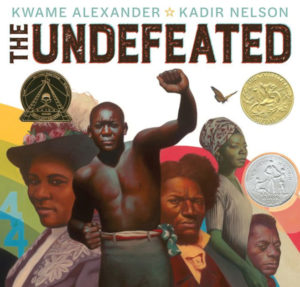 |
Kwame Alexander’s award-winning The Undefeated (Versify, 2019), illustrated by Kadir Nelson, is a poetic tribute to the black American experience. “This is for the unforgettable./The swift and sweet ones/who hurdled history/and opened a world/of possible./The ones who survived America/by any means necessary./And the ones who didn’t.” For ages 7 and up. |
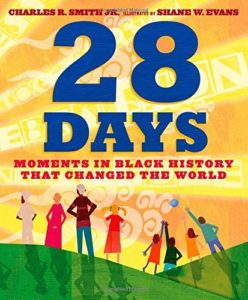 |
By Charles R. Smith, Jr., 28 Days: Moments in Black History that Changed the World (Roaring Brook Press, 2015) is a creative picture book of African-American history in chronological order, beginning with Day 1: Crispus Attucks (March 5, 1770) and proceeding through Dred Scott, Harriet Tubman, Bessie Coleman, Marian Anderson, Jackie Robinson, Dr. Martin Luther King, Jr., Thurgood Marshall, Malcolm X, and many more. For ages 6-10. |
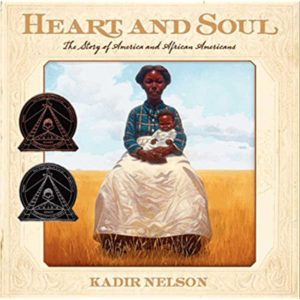 |
By Kadir Nelson, Heart and Soul (Balzer + Bray, 2013), illustrated with exquisite paintings, is a history of America and African Americans from colonial times through the Civil Rights Movement, told in the voice of an older narrator telling the story to children. The book ends: “We have come a mighty long way, honey, and we still have a good ways to go. But that promise and the right to fight for it is worth every ounce of its weight in gold. It’s our nation’s heart and soul.” A gem for ages 6-12. |
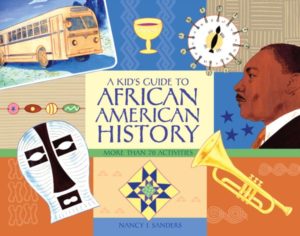 |
By Nancy I. Sanders, A Kid’s Guide to African American History (Chicago Review Press, 2007) is a comprehensive history from the cultures of Africa through the Civil Rights Movement and beyond, illustrated with photos, prints, maps, and a timeline. Included are capsule biographies of prominent people and over 70 activities, songs, and games. Make an African mask, whip up a batch of peanut butter, grow a sweet potato vine, and invent your own Brer Rabbit riddles. With a publication date of 2007, it’s missing some crucial modern history, but still an excellent resource. For ages 7-12. |
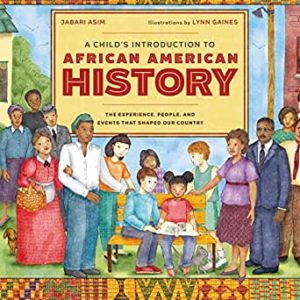 |
By Jabari Asim, A Child’s Introduction to African American History (Black Dog & Leventhal, 2018) is a multifaceted overview from the beginnings of slavery to modern times. Included are a timeline, short biographies of prominent people and a wealth of creative illustrations. For ages 8-12.
|
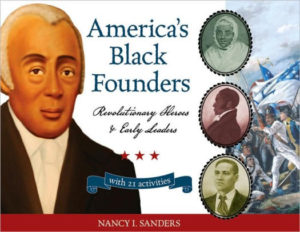 |
By Nancy I. Sanders, America’s Black Founders (Chicago Review Press, 2010) includes background history, a timeline, period illustrations, capsule biographies, and 21 varied activities – among them turning out a batch of homemade salt, publishing a newspaper, drawing a political cartoon, and exploring your family tree. For ages 9-14. |
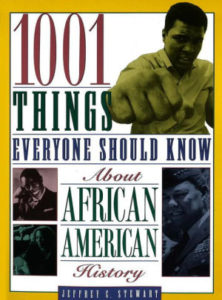 |
Jeffrey C. Stewart’s 1001 Things Everyone Should Know About African American History (Three Rivers Press, 1998) is a comprehensive and reader-friendly compilation of significant events and people, divided into six parts: Great Migrations, Civil Rights and Politics, African Americans in the Military, Culture and Religion, Invention, Science, and Medicine, and Sports. Heavily illustrated with photos and prints. This is long (400+ pages) but the info is presented in bite-sized bits. For teens and adults. |
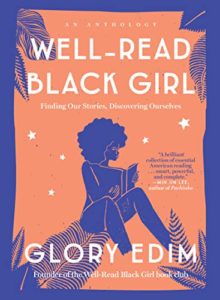 |
Glory Edim’s Well-Read Black Girl (Ballantine, 2018), subtitled “Finding Our Stories, Discovering Ourselves,” is an anthology of wonderful essays by black women writers. For teens and adults.
|
|
From Reading Rockets, see this list of Favorite Books for Black History Month. |
|
|
From Mental Floss, 25 Amazing Books by African-American Writers. For older readers. |
|
 |
At the Smithsonian National Museum of African American History & Culture website, visitors can view the collection, tour exhibits, and access a wealth of digital resources and videos. |
|
IndieWire’s 12 Films About Black History has summaries and reviews. Among the chosen films are “Amistad,” “The Jackie Robinson Story,” “Malcolm X,” and “Ghosts of Mississippi.” |
|
|
Black American History in 50 Movies has short snarky descriptions of them all, in chronological order, starting with “Roots.” |
|
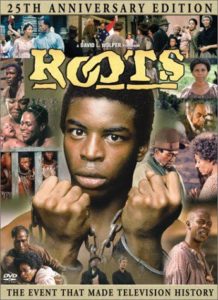 |
The 1977 TV miniseries Roots, a dramatization of Alex Haley’s book of the same name, traces an African American family beginning when young Kunta Kinte is abducted from his village, sold into slavery, and taken to America, and proceeding through the Revolution, the Civil War, and emancipation. Recommended for teens and adults. |
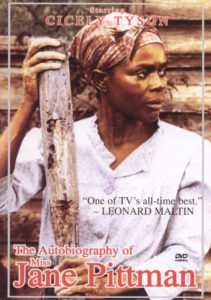 |
The Autobiography of Miss Jane Pittman (1974), with Cicely Tyson in the title role, is the story of a 110-year-old woman who was born into slavery in the 1850s and lived to become part of the Civil Rights Movement. Rated PG.
|
